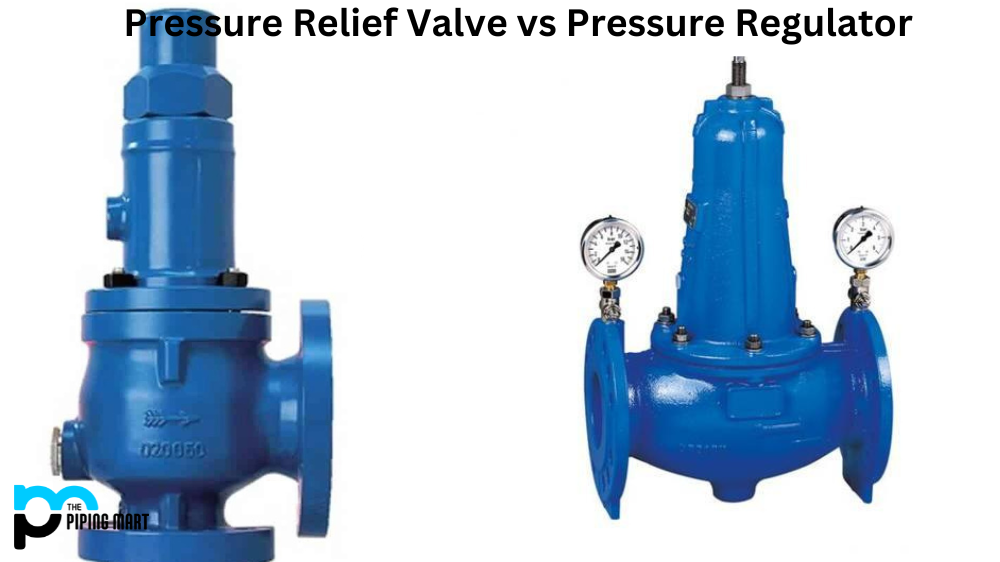Pipe fabrication necessitates the assembly of pipes and pipe fittings in accordance with the spool drawing. Pipe fabricators must consider the size of the assembly because transportation may be an issue. Sub-assemblies are an appropriate method of moving huge projects in such instances.
The following stages are followed in the process of pipe fabrication:
Marking and Cutting: Marking shall be done in accordance with the design drawing requirements and shall be confirmed by the competent supervisor prior to cutting. Pipe cutting is generally performed as follows:
- Carbon steel pipes – through gas cutting and grinding
- Alloy Steel Pipes: Grinding or flammable cutting
- Stainless Steel Pipes: Grinding or plasma cutting.
Tagging: Before cutting the pipe, pipe heat numbers are transferred to the cut sections by dye stamping, paint marking, or tagging.
End Preparation: End preparation (bevelling) and fit-up are performed following an approved specification and WPS.
Welding Pipes: Extra care must be taken to ensure that longitudinal seams on joining pipes do not intersect in a straight line in a butt-welded joint. Seams must be at least 100 mm apart and must clear the branch connections. It is important to ensure that longitudinal seams do not rest on the steel structure.
Welding Pipes and Fittings: Pipes and fittings for fittings are then placed on a temporary pipe bed and properly fastened. The arrangement is next reviewed for quality fit-up. Joints are welded by qualified welders after receiving inspection clearance.
Details Marking: Using a metal paint marker, several details line pipeline No., Component Heat No., Joint No., Fit-up inspection signature, Welder No., Visual inspection signature, and welding date are marked near the joint. A paint marker is used to indicate the pipe spool number, and an aluminum tag is attached to the spool.
Heat-treatment: Preheating and PWHT will be performed at the shop or in the field, depending on project requirements.
Fabricated pipe spools are then moved from the pipe fabrication shop to the laydown area.
Inspection: NDT is carried out in accordance with the project specification or guidelines. After receiving NDT certification, spools are released for erection/painting with a release notice. Spools that fail the NDT procedure are labeled with yellow and black tags and sent for repair. NDT was repeated on the repaired weld locations as needed.
Documentation: A field inspection is performed for quality control, and the results are documented in the approved format. After the painting inspection, the spool is ready for erection.
Fabrication of Stainless Steel Pipes: Stainless steel piping fabrication is often done in a shop independent of carbon and alloy steel. The equipment and tools utilized for carbon steel fabrication must not be used for stainless steel fabrication. Tools for stainless steel must be clearly labeled “For Stainless Steel Only.” Stainless steel tools will be used for grinding, brushing, clamping, and other tasks using stainless steel materials.
Protection: All flanged raised faces of completed pipe spools are covered with plywood blinds for protection and temporary storage until erection, and spool ends are fitted with appropriate caps.

Pipingmart is B2B portal specializes in industrial, metal and piping products. Also, share latest information and news related to products, materials and different types grades to help business dealing in this industry.




